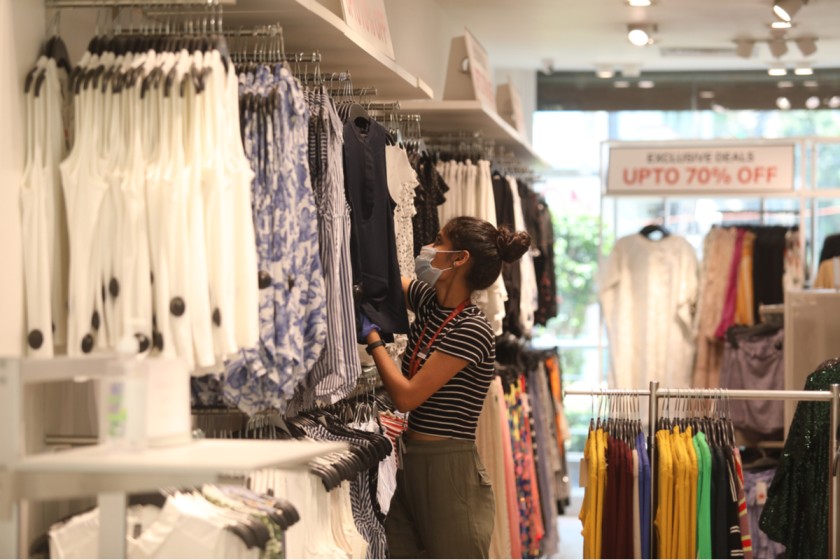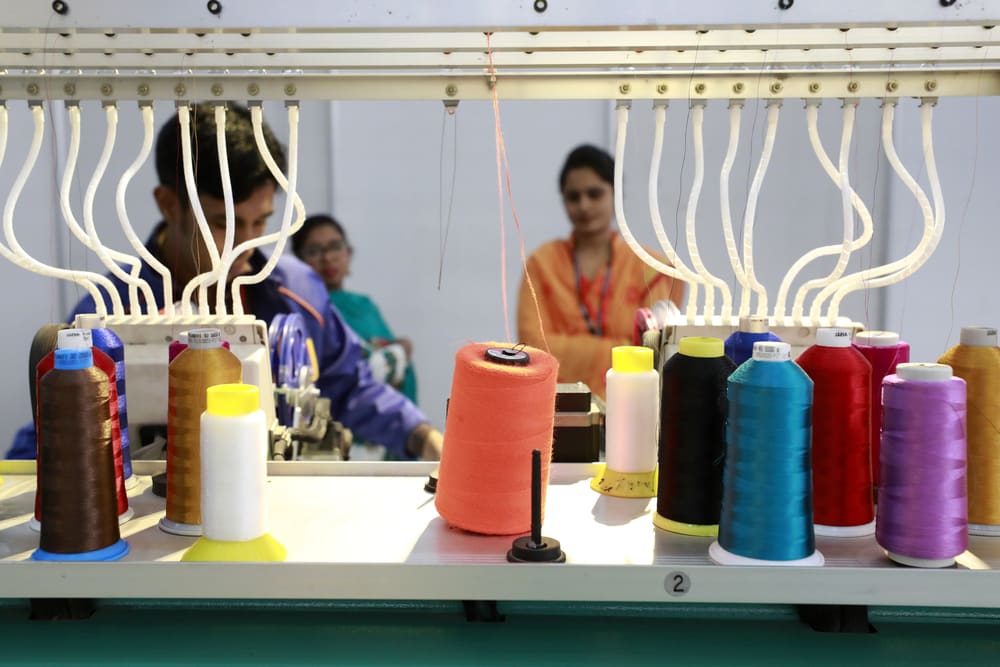Early Signs Of Recovery In The Textile Industry And Their Impact On The Global Economy



The COVID-19 pandemic has hit every industry hard; the textile industry is no exception. Be it the demand side of the business or the workforce involved in the supply chain, every aspect of the business has faced an impact. Data about pre-pandemic and post-pandemic business levels is available in multiple forums and tells a vivid tale of the struggles faced by the industry. Reduced demand, disrupted supply chains, the many and often unceasing global lockdowns have played a significant role in the seismic shifts the sector is facing today.
As the world slowly reopens after the vaccination programs of different countries and wave after wave of different variants keep disrupting the opening of borders, the signs of recovery have been few and far between. They have not, however, been absent. With things inching back toward a new normal, the outlook is encouraging – both for the garment industry and the global economy as a whole.
Signs of Recovery

The earliest signs of a decline in the garment industry had been visible beginning late 2019. This decline was attributed to several reasons, including trade wars, reduced demand, and the increasing global awareness of the environmental impact of fast fashion. In the US, which is the world’s largest importer of textiles, this decline briefly saw a slight upturn in the festive season of November and December 2019.
With the close of the festive season and the spread of the coronavirus in the first half of 2020, however, combined with lockdowns all over the world, the business took a huge hit. This downward trend had continued for a significant part of the succeeding years. However, with rising rates of vaccination all over the world and the global opening up of borders, the industry began to show early signs of recovery.
US imports also showed a dramatic increase in March 2021, leading to a revival of the trade for all stakeholders involved. The disruption of the supply chain from China, in particular, was incredibly advantageous for many South Asian countries and their businesses. The exports from some of these countries have increased significantly in this duration. According to some reports,
- Vietnam saw an increase of nearly 35% in exports to the US.
- India saw an 18% YoY increase in imports to the US.
- For Pakistan, the growth was in the range of 38% YoY.
- Cambodia was able to leverage the situation, and its exports to the US grew by 24% YoY.
These numbers are very encouraging, especially since these countries are the biggest contributors to the global textile supply chain. Any improvement in their situation directly impacts the recovery of the global economy in the garments industry.
Impact on Intermediaries
The textile industry does not refer only to the finished goods, which are undoubtedly a critical component of the industry. It also involves those intermediaries and their related businesses. For example – both yarn and fabrics suppliers are essential to the supply chain of the garment industry, along with raw materials and other supplies like buttons, zippers, etc.
As the demand for finished apparel increases, it also directly impacts the demand for these intermediaries. A ripple effect is seen on the Original Equipment Manufacturers (OEMs) involved in supplying machinery for these intermediaries and the finished goods. Taken together, the garment industry is a massive contributor to the overall global economy. Thus, any signs of recovery in the sector are bound to have a cascading effect on the global economy.
The higher rate of import to the US, the ongoing trade conflict with China leading to the opening of avenues for other countries, and increasing demand across the globe are essential factors leading to the recovery in the textile industry. A similar improvement is observed in the imports to the European Union, further bolstering the demand and consequent recovery of textile businesses.
Employment Rate Improvements

A visible impact of the entire recovery process is also seen in the employment rates of the countries involved in the supply side of the business. The garment industry is reported to involve approximately 25 million people globally. With the reduction of business due to multiple factors noted above, this population had the maximum impact. The tales of people losing their livelihood due to the pandemic were the same all around the globe.
The grim situation is now taking a turn for the better. With the signs of recovery and increase in demand, this workforce is also finding its footing back – slowly but surely. The contribution of 25 million people to the global economy cannot be minimized. Thus, a recovery in the wages and employment rates has a direct and significant impact on the recovery of the overall global economy.
Shift towards Sustainability
The prolonged downturn of the textile industry has also brought to the fore many problems that were previously not openly discussed. The environmental impact of fast fashion and the working conditions of the workforce also came under sharp scrutiny. There has been a conscious shift towards sustainable fashion and practices. This change was already in motion before the pandemic, but the pandemic has increased the focus on these issues and accelerated a cultural shift.
With the changes that the world has gone through in the past few years, the textile industry is also assessing and reinventing some of its practices. This has further led to improvements in the industry's working conditions, thereby encouraging others to enter. The overall effect of these changes may take some time to be fully visible. Still, the early signs are already showing a positive trend. This is an encouraging development, not just for the garment industry but for the global economy overall.
Wrapping Up
There is great optimism in the industry concerning the long-term implications of these early signs of recovery. While most industry insiders are closely watching these shifts, they also seem confident that these changes are here to stay.
If you are involved in the supply side of the business, this is the best time to plan for scaling up. With demand projected to increase in the foreseeable future, these are exciting times with great potential! While treading cautiously is essential, a few quick measures can positively impact your business. If these small measures improve not just your productivity and profits but also have a positive impact on the overall global economy, then you should grab this opportunity with both hands.
If you like such an in-depth analysis of the current trends in the fashion industry, head over to Fashinza – an end-to-end platform designed specifically for the industry. On this platform, you can find analysis as well as other resources. You will find a community of industry players from suppliers and manufacturers to other industry peers with whom you can connect. Whether you are looking to understand the events influencing the industry or are simply looking for the best supplier for your business needs, Fashinza is the place to be.



















